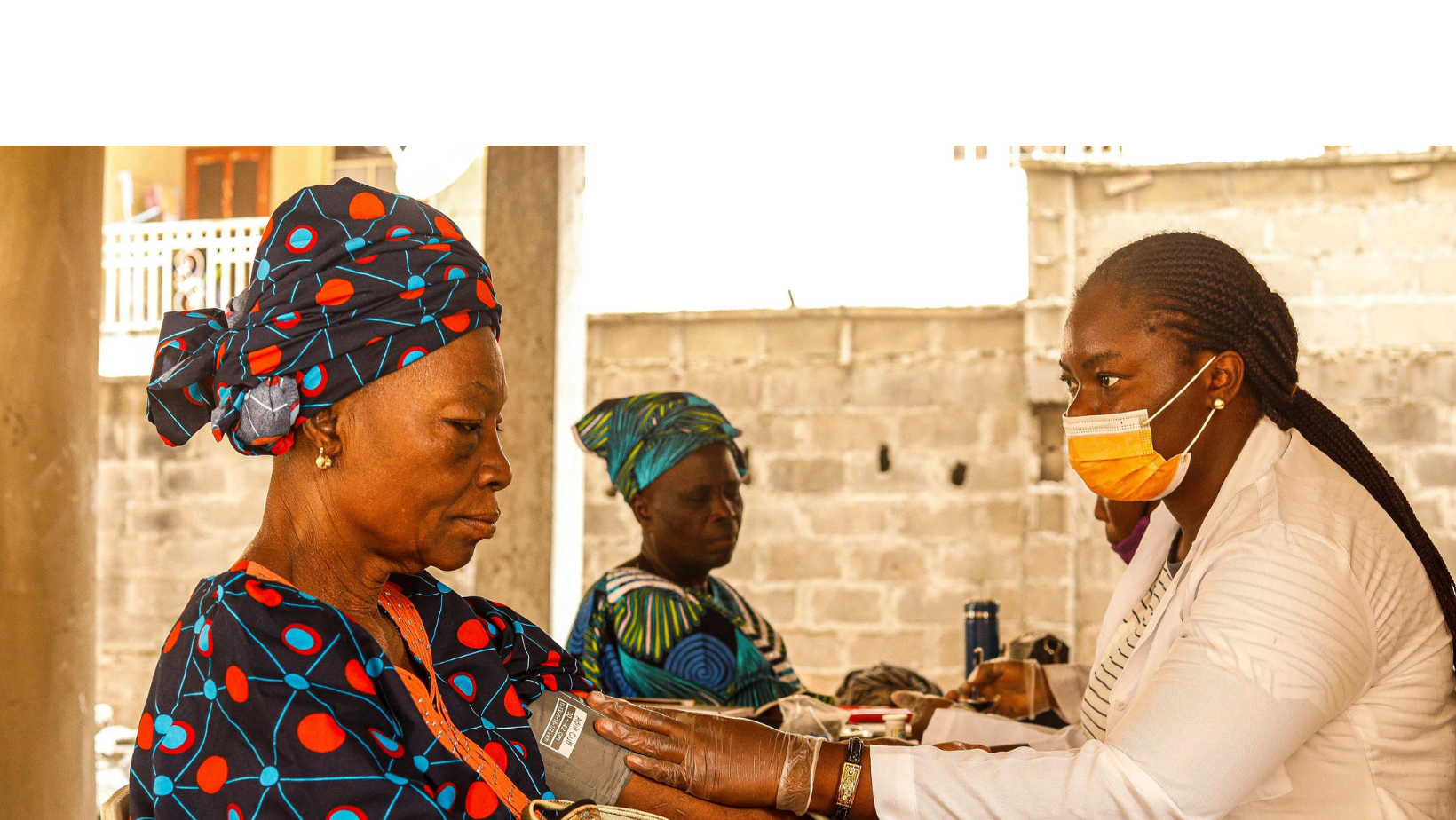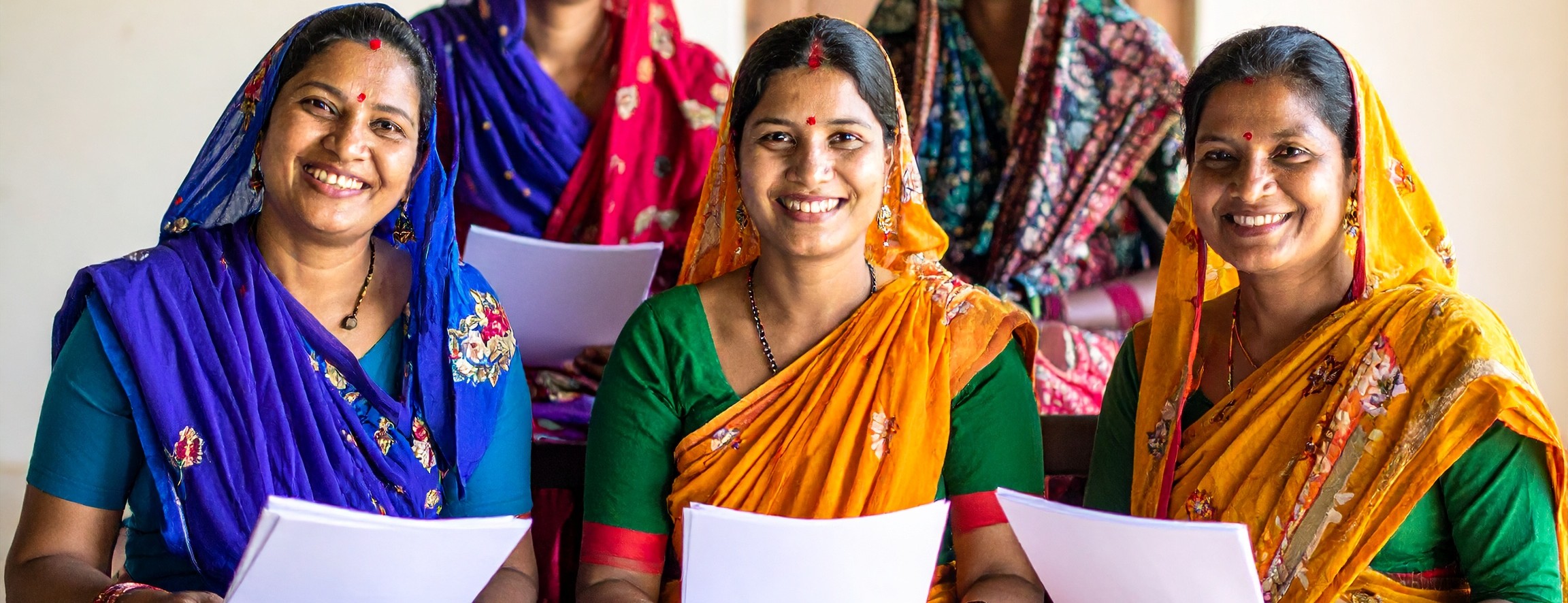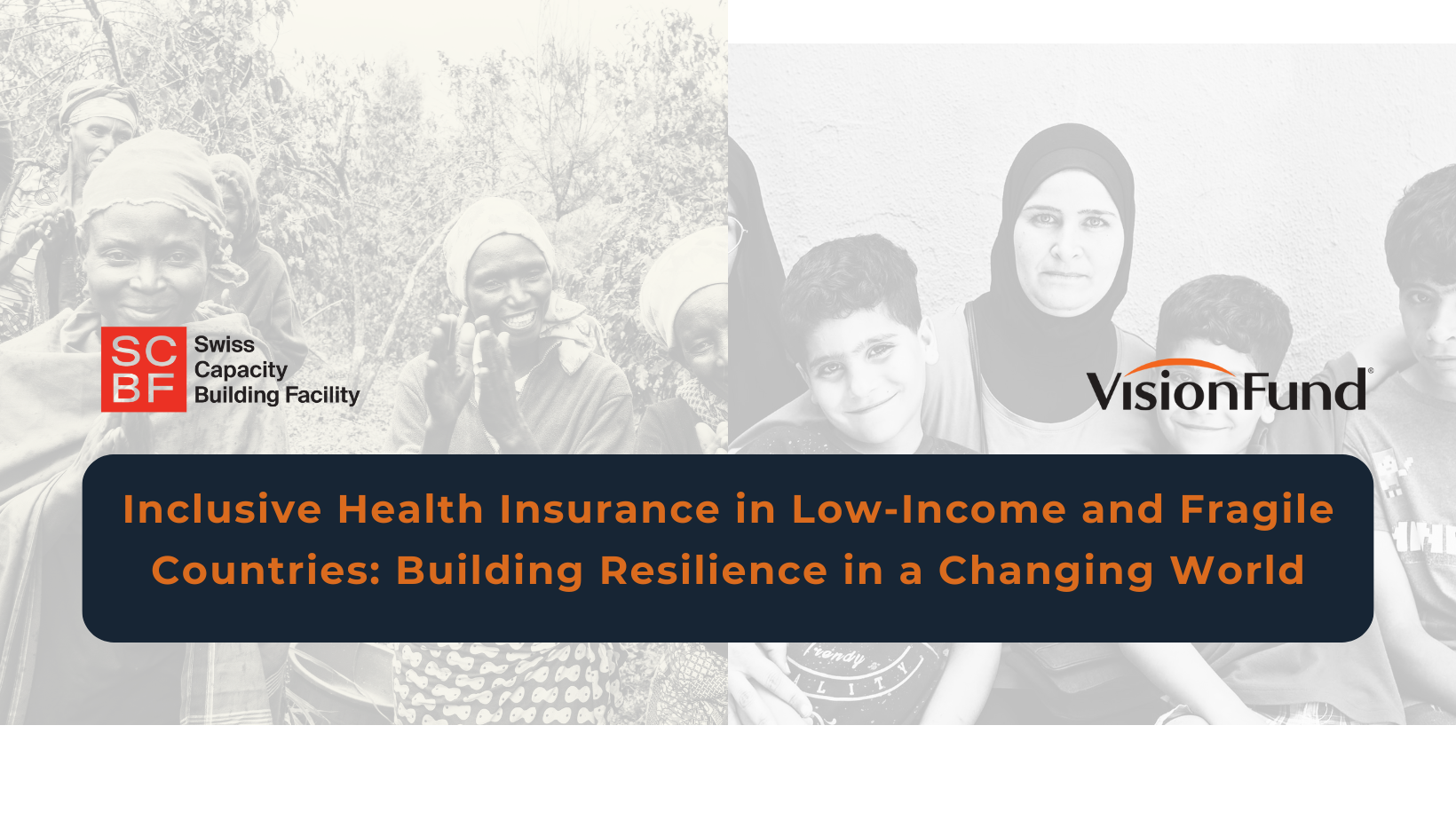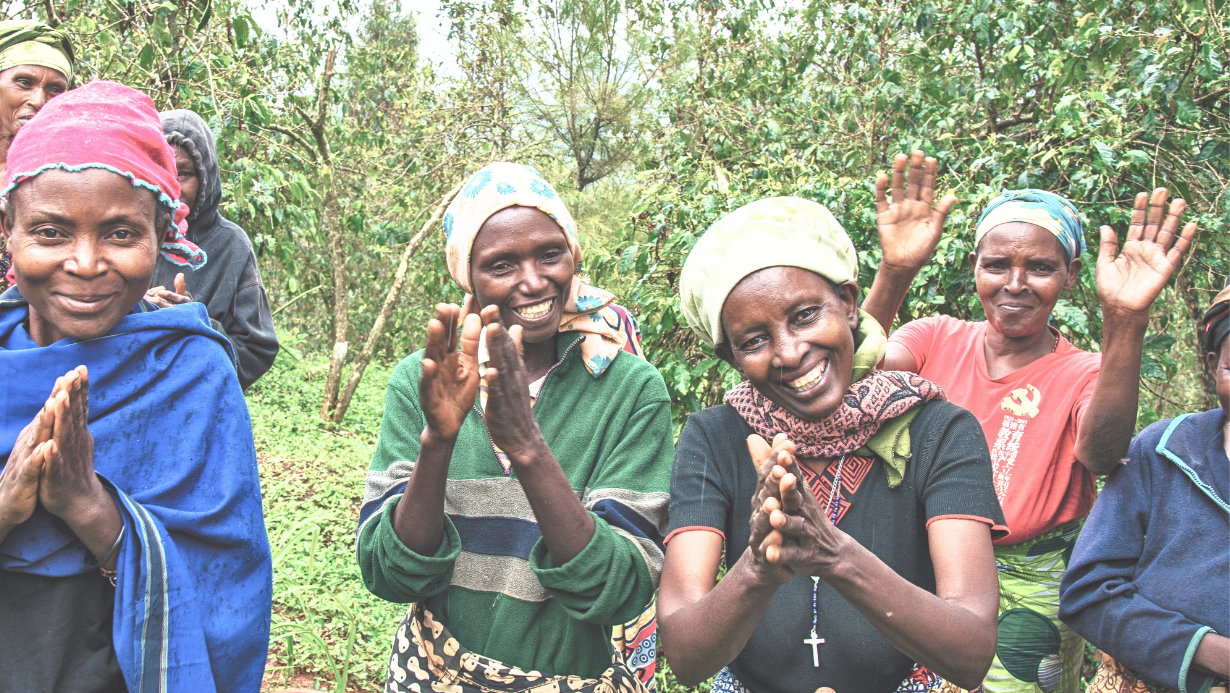Advancing ‘Green Inclusive Finance’ in Sub-Saharan Africa: Insights and Opportunities

A recent study by HEDERA, commissioned by the Oxfam Novib Fund and managed by Triple Jump, sheds light on the state of green inclusive finance in Sub-Saharan Africa. This comprehensive study explores how financial service providers (FSPs) in the region are integrating environmental strategies, managing environmental risks, and offering green financial products. It also evaluates the enabling environment and identifies challenges and opportunities for advancement.
The Need for Green Inclusive Finance
Sub-Saharan Africa faces significant climate-induced risks, compounded by socio-economic challenges such as extreme poverty, inadequate access to basic services, and gender disparities. These interconnected vulnerabilities make green inclusive finance essential for effectively mitigating climate risks. Financial institutions play a crucial role in developing green products that meet both the environmental and economic needs of their clients.
Over the past decade, Sub-Saharan Africa has seen the emergence of green finance regulations (e.g., in Kenya, Nigeria) primarily targeting the commercial banking sector, with limited focus on microfinance institutions. Despite this, there has been a noticeable commitment from various stakeholders to advance green finance. Programs, training, and technical assistance from international organizations have supported FSPs in designing and implementing environmental strategies. However, the sector is still in its early stages, with a predominant focus on climate mitigation rather than adaptation, resilience, and transition.
Scaling Up Green Finance
- Develop climate risk maps and integrated strategies: Scaling green products requires local climate risk maps and integrated climate strategies. Sector frameworks and taxonomies can help identify gaps, define action plans, and monitor progress.
- Define holistic environmental strategies: FSPs must implement comprehensive environmental strategies and climate risk assessment mechanisms. Capacity building is essential to strengthen strategic planning and align with investors supporting green finance.
- Enhance product design with market assessments: Effective product design requires comprehensive client and market assessments. Digital tools can optimize these processes, and investors can support FSPs with skills development and data collection.
- Foster partnerships: Successful green finance programs often involve partnerships with technical enterprises, insurance providers, and housing solutions. These collaborations are crucial for sustainable agriculture, water and sanitation solutions, and efficient equipment financing.
Call to Action
Addressing climate risks in Sub-Saharan Africa requires a holistic approach, considering the region's pronounced vulnerabilities and lack of access to basic needs. To build long-term resilience, increased investments in green finance, robust policy support, and innovative financial products are essential.
Investors should expand their focus beyond climate mitigation to include funding for climate adaptation, sustainable agriculture, and resilient infrastructure. Developing climate-risk mapping and customer-centric products, along with leveraging digital tools, are critical for scaling up green finance in the region. By partnering with technology providers and microfinance networks, the sector can effectively develop and expand green financial products to meet the diverse needs of Sub-Saharan Africa's communities.
To drive meaningful progress, stakeholders must work together to enhance the green finance landscape in Sub-Saharan Africa. By fostering collaboration, investing in capacity building, and leveraging digital innovations, we can create a more resilient and sustainable future for the region.
Read the full report here: Green Inclusive Finance in Sub-Saharan Africa
Picture Credit - Annie Spratt on Unsplash
























































.png)












































